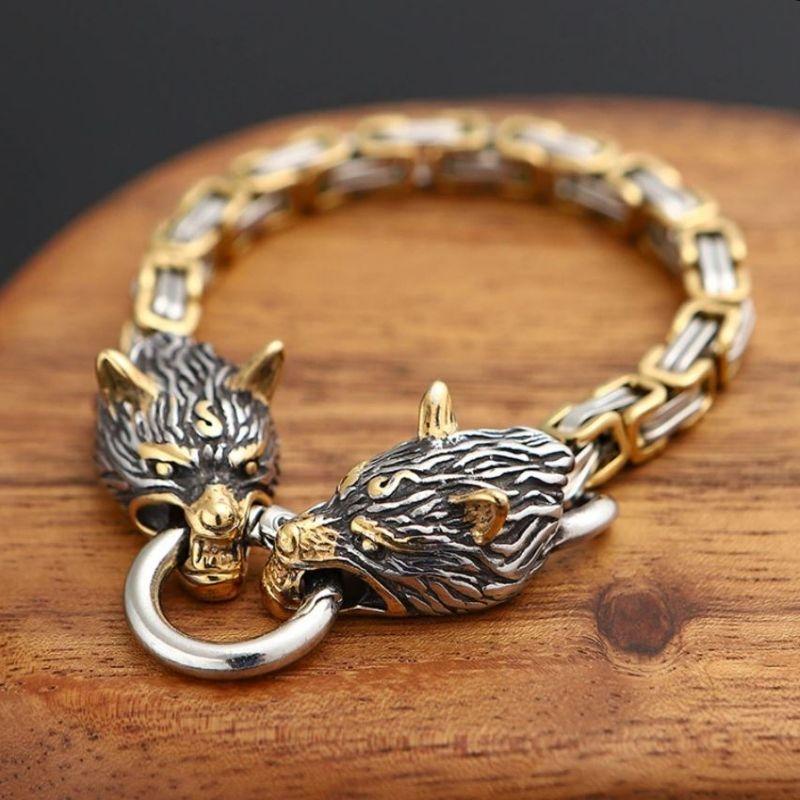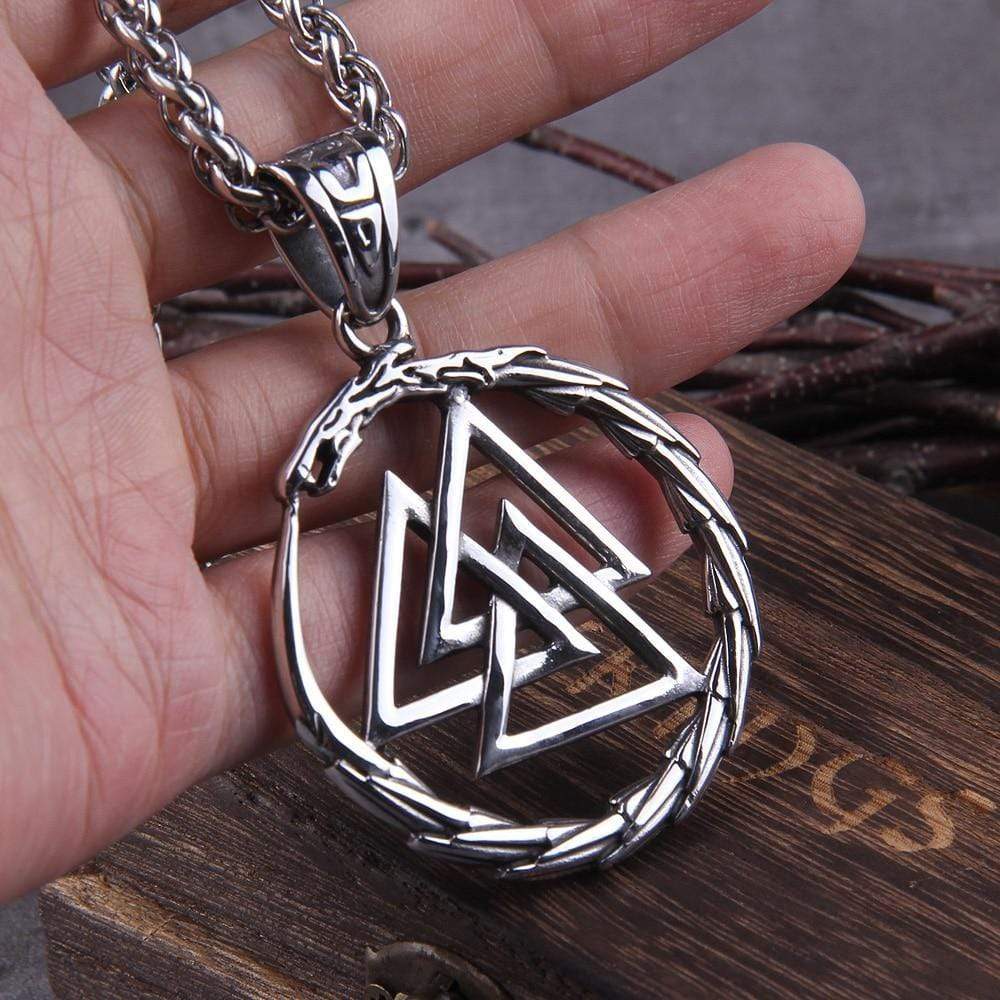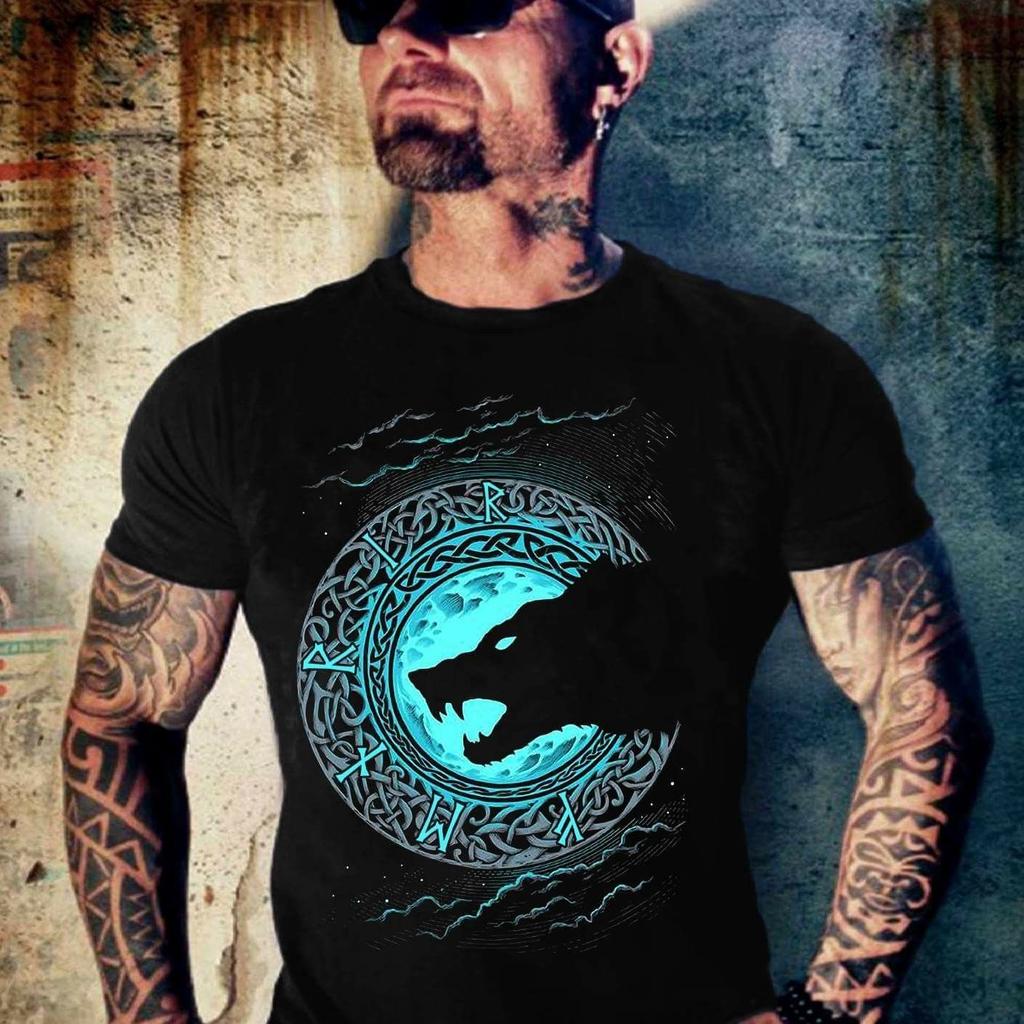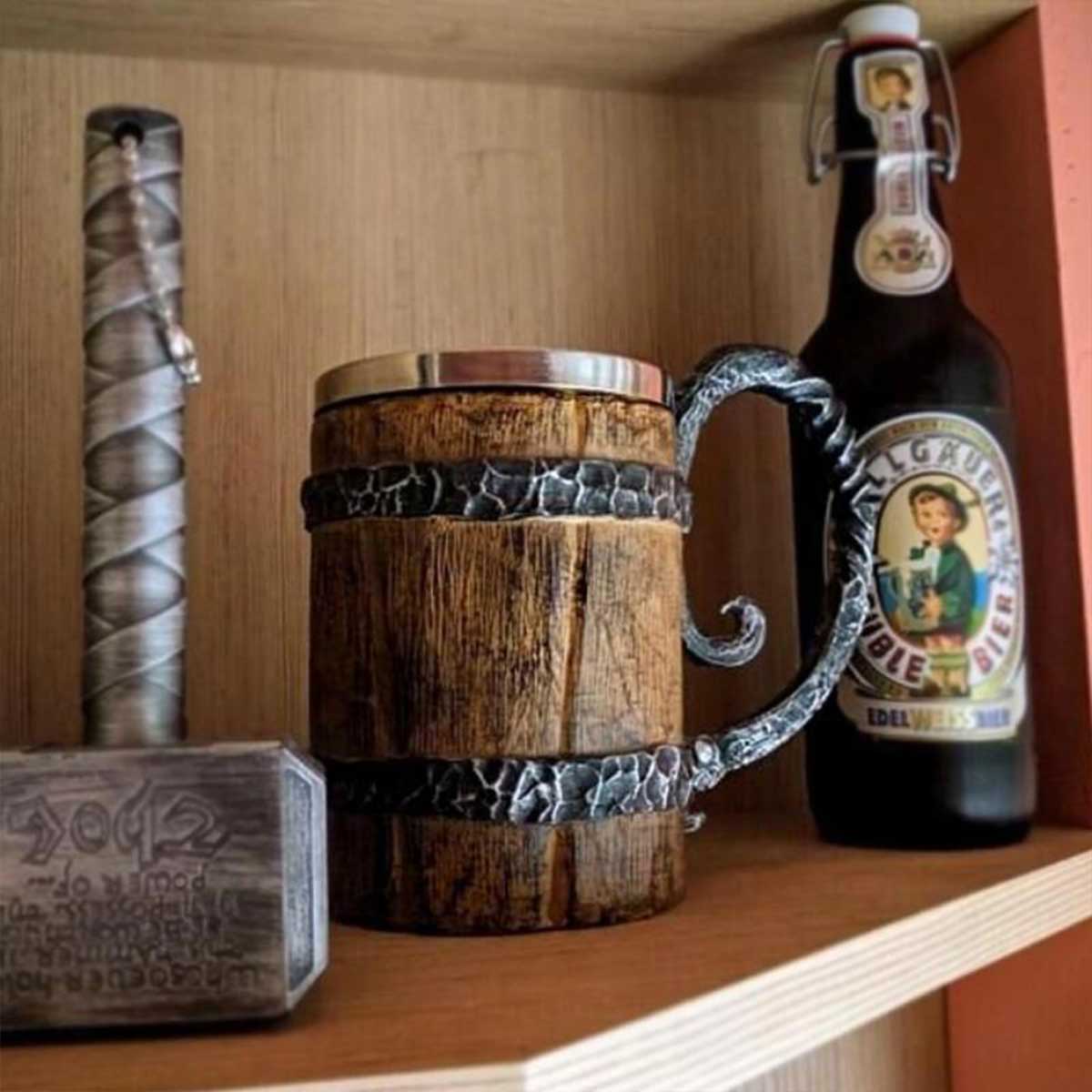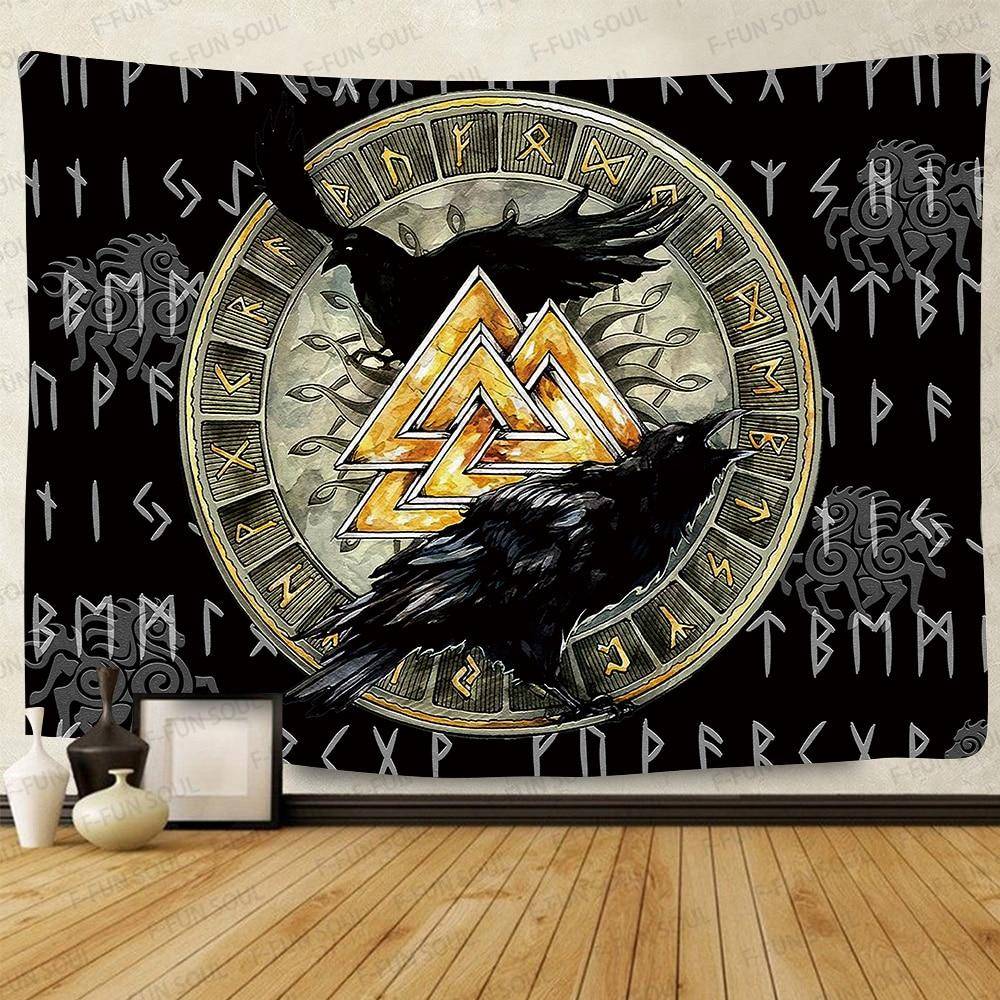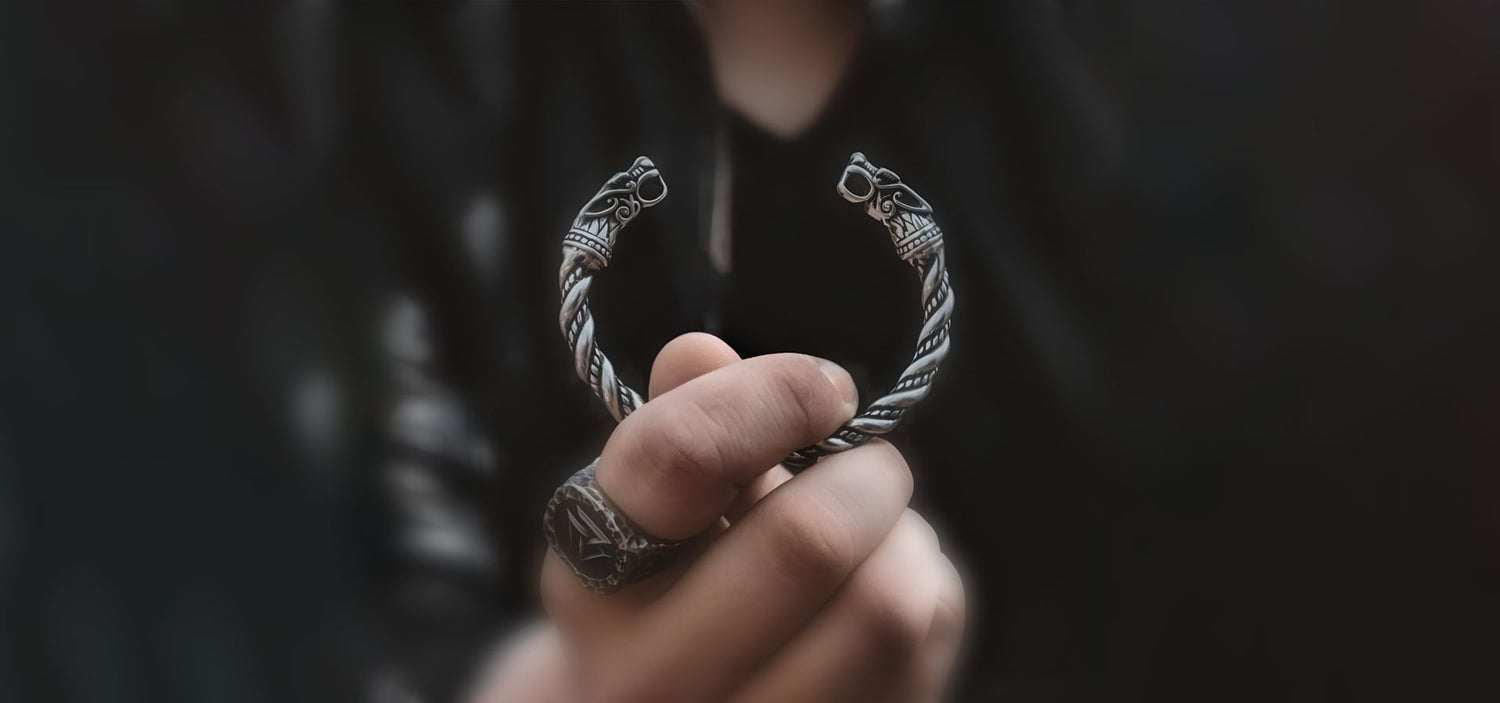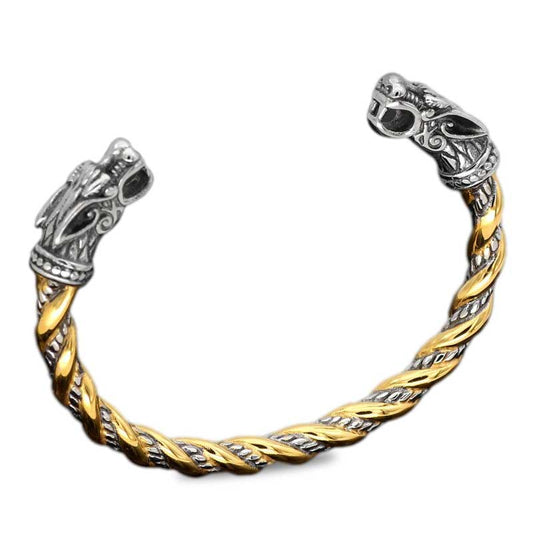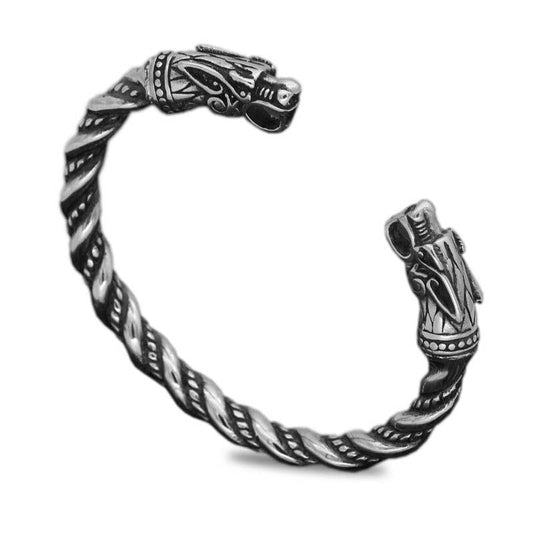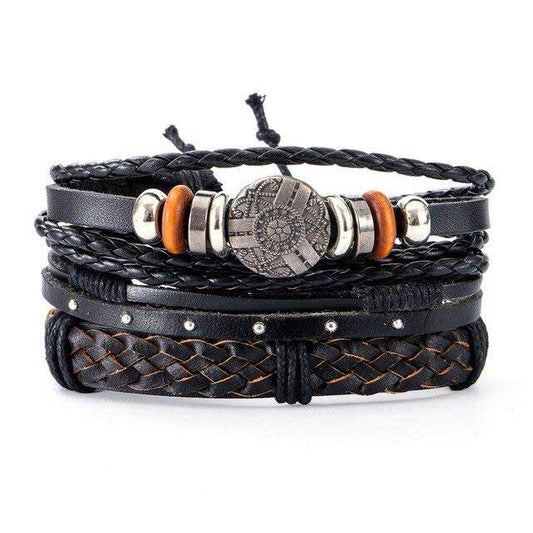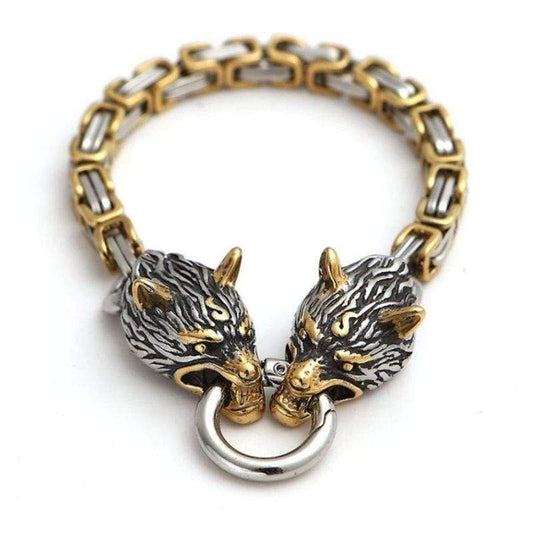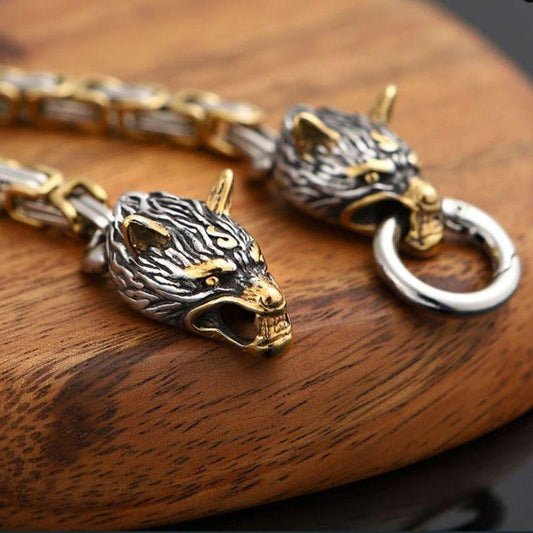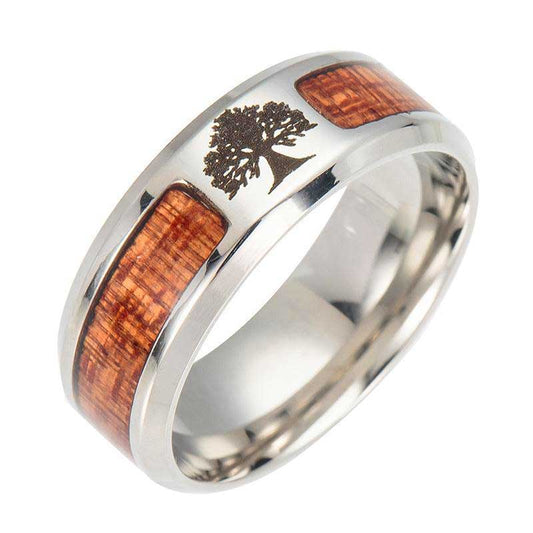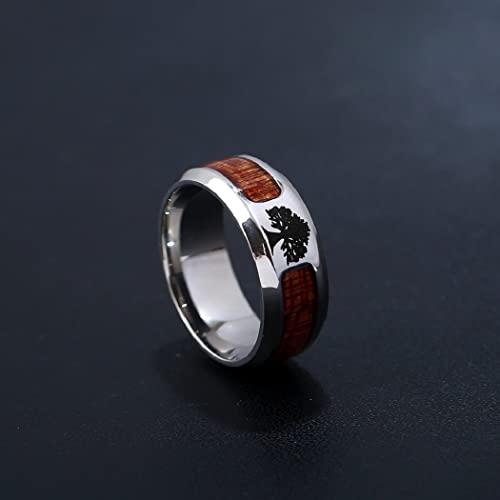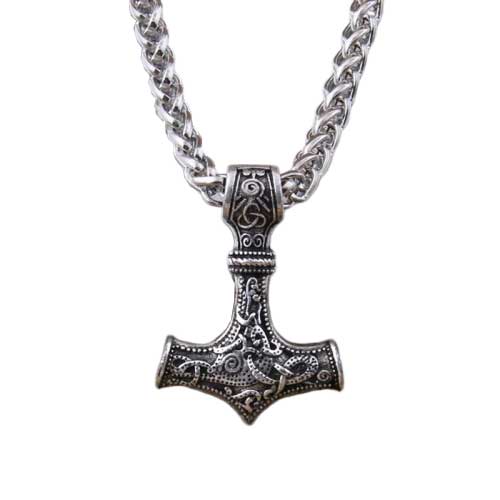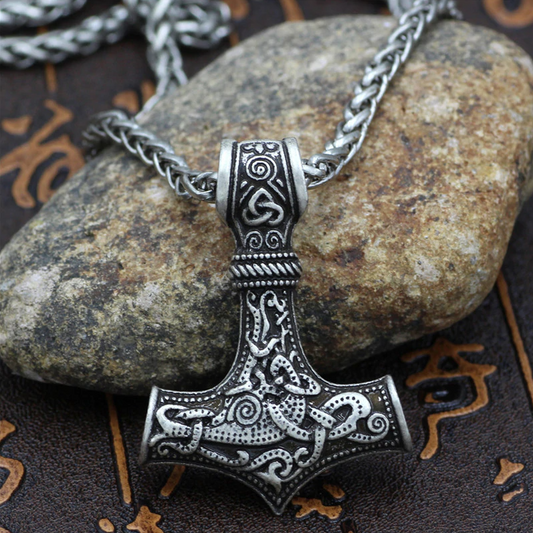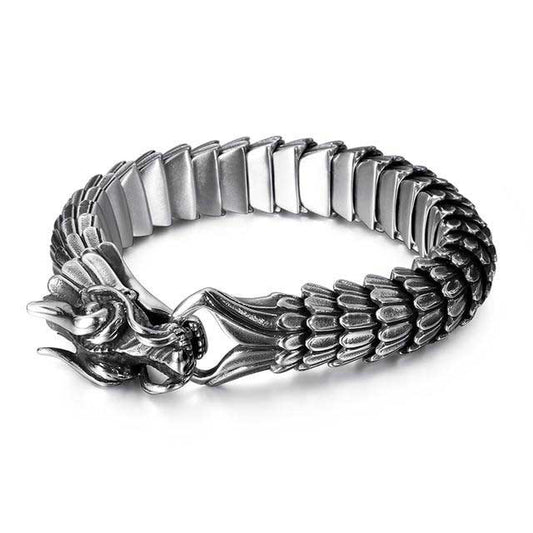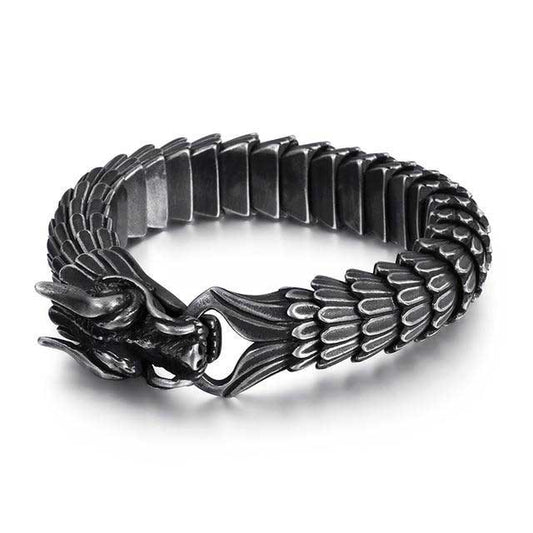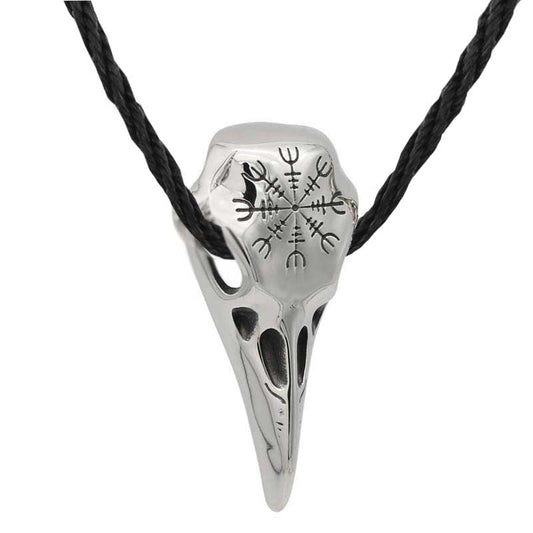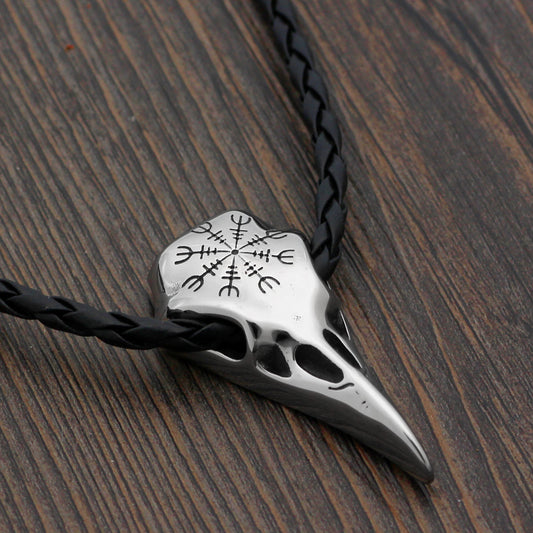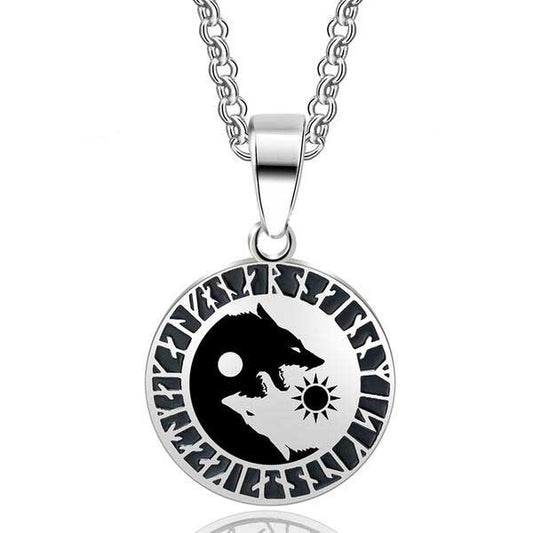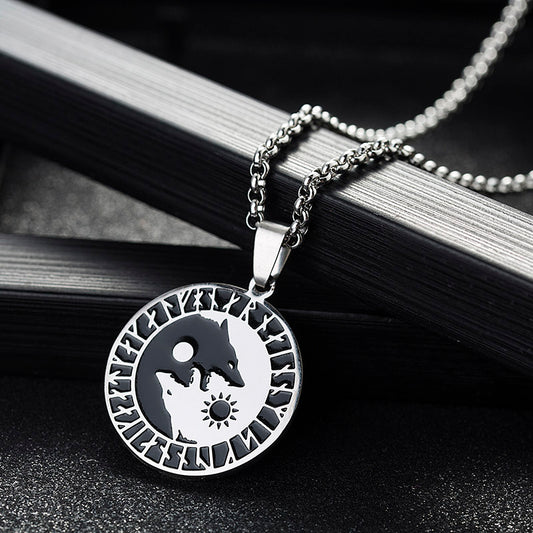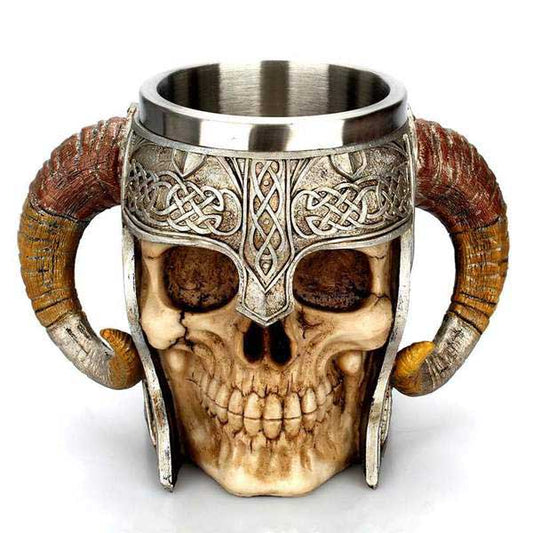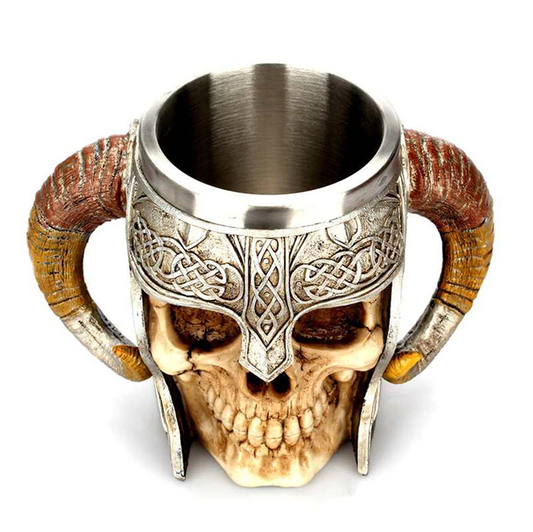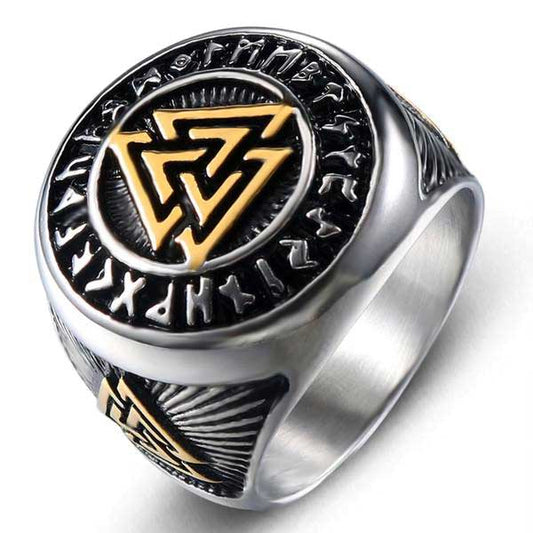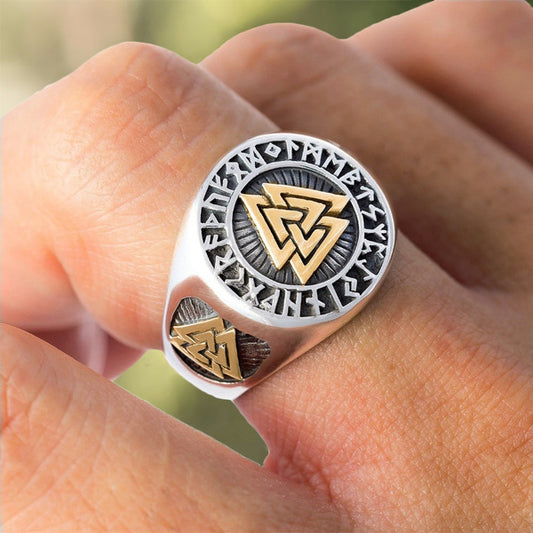Have you ever wondered how England was formed? Or maybe you want to know what made the Vikings as famous as they are now? In this article, we will understand together the history of this mythical and yet so mysterious people.
England in the time of the Vikings
These Viking invasions will take place between 793 and 1066 AD. In those days, England was inhabited by the Anglo-Saxons . These were several kingdoms, each was ruled by a king. The population was of the Christian faith. Indeed, several hundred years had already passed since the conversion to this religion. An important aspect to note in the distribution of the Anglo-Saxon population is that most of the villagers lived outside the towns. Thus, they lived independently on their farms in the countryside.

The main component kingdoms of Great Britain at the time were:
- Northumbria
- Mercia
- Wessex
The beginning of the Anglo-Saxon nightmare
The first real Viking invasion will take place in 793 as presented previously. It was the monastery of Lindisfarne which was the first target of these pagans from across the sea. What was the surprise of our friends the Viking warriors when they discovered this place, unprotected, full of treasures .

So they brought back with them, gold, silver and rare materials. Moreover, since the monastery was only inhabited by monks, they drowned one part and captured the other to become slaves.
This plunder announced for the people of Northumbria the beginning of many misfortunes. It was for them the divine punishment that was coming to fall on their world. Famines and diseases also struck this kingdom. But what they didn't know was that the Vikings wouldn't stop at Lindisfarne .
The landing of the Vikings in the lands of England
Indeed, in the years that followed, it was the Northumbrian monasteries of Monmouth and Jarrah that were sacked and plundered by these hordes of barbarians . Thus, they continued their advance to Winchester and London.
All of these attacks were carried out by Danish Vikings . Their flag was that of the flying crow. Sign of the legendary Ragnar Lothbrok and his sons. It is his sons who will set out to conquer England.
Ragnar's sons are:
- Ivar the boneless
- Sigurd Snakeeye
- Ubbe
- Hvitserk
The pagan army led by Ivar the Boneless will crush all his enemies.
If you too want to be part of the army of the legendary Vikings , reserve your clan bracelet now! You are even entitled to a promo code: " BLOG12 " which offers you a 12% discount on your entire order.
⬇️ To become a real Viking, click below ⬇️
All is not lost for the Anglo-Saxons!
However, a kingdom resists the invader. This is the Wessex one . At its head, we find King Alfred the Great who faced the Danish invader.

It was during the battle of Eddington that everything was decided. Indeed at the end of this one, the two camps decided to conclude a treaty. Wessex as well as Mercia would go to the Anglo-Saxons while the Vikings would have the North.
In the years that followed, there was a semblance of peace between the two camps. This is how the Vikings settled in England and began to create towns and farms. Some of these towns still exist today.
We count for example:
- lincoln
- Nottingham
- Derby
- lester
- Stamford
Above these cities, we find York, the Viking city which will even become sovereign of the Kingdom of York. Southeast of the Viking territory, we find the Kingdom of East Anglia led by Guthrum. This chief Viking jarl would later become a Christian and would be known as Athelstan .
The influence of the Vikings on our modern world
These incursions of Danes and Norwegians on English territory will forge the DNA of future generations of this island. It is the fusion of these two peoples that will give birth to the people of the English. Thus, England, which used to be an isolated land, received new cultures and new languages were formed. It was also on this occasion that the language "English" was formed.
The beginning of the end...
However, in the years that followed, the Danish Vikings were still trying to take Wessex and Mercia . Alfred the Great therefore ordered the construction of fortified castles along the rivers. Additionally, the Anglo-Saxons improved their ships and navigational techniques in order to compete with their Scandinavian enemies .
In addition, they divided the population into two categories. Peasants who worked to keep the economy running. while the other part was permanently armed, ready to defend their lands in the event of a Viking incursion .
It was Alfred's descendant, Edward, who launched the reconquest of East Anglia in 917. The progression was a success for the Anglos-Saxons. Indeed, York, the stronghold of the Danish Vikings was targeted by their Norwegian neighbors.
They had meanwhile settled in Ireland in Dublin and envied this fortress. This was part of what enabled the Army of Wessex to retake their once lost lands.
This story ended with a marriage between the Kingdom of Wessex and that of York . In reality, this is not really the end because there were many other battles and stories afterward. But this is the end of pagan incursions into English territory.
If you want to know more about what happened next, you can check out this video which explains the Viking Age in a broader way.
Do you want to become a Viking expert with your friends ? That's good! We have a collection of articles about this civilization.
To start, you can discover the 9 mythological Viking worlds . The article does not last more than 5 minutes and you will come out less stupid! See you on the other side Viking.
⚔️ Do you want to join the ranks of true Nordics?
You are welcome!
Discover our jewelry and viking clothing:
> SEE VIKINGS CLOTHING

